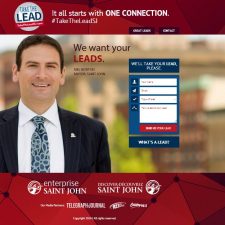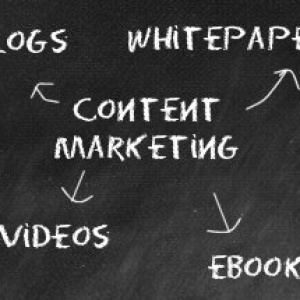 “Your Ideal Customers”
“Your Ideal Customers”
If you’re a regular reader of this blog that phrase isn’t new to you. I use it often.
Why? Because I want to distinguish between any potential customer of your company, and an ideal customer for your company.
Having a clear picture of who your ideal customers are is extremely important.
I’ll give you a great example.
A savvy real estate agent knows that when talking to a buyer wanting help finding a property, it’s smart to ask if they’ve been approved for financing and at what level.
A buyer who has not yet been approved by the bank for financing can be a colossal waste of time for that agent (unless that buyer is paying cash). A busy agent does not want to spend time helping someone find their ideal property until that someone has been approved and they know how much he or she has been approved for.
The picture of an ideal client for a real estate agent includes “has been approved for financing” (if not paying cash).
See what I mean? Your ideal potential customers are not “any living human being”, or “anyone who calls wanting our products/services”.
The picture of your ideal customer is complex, it contains many qualifiers. You also don’t have just one ideal customer. You probably have several.
For example, most real estate agents would have ideal customers under each the “property buyer” and “property seller” categories.
Take some time to really think about this and create a picture of all of them.
Trust me when I say that having a clear picture of who it is you want to attract will help enormously when it comes to creating new products, services and any type of advertising or marketing you can imagine.
If your company needs help with this process you should hire a good marketing consultant who will walk through it with you and create realistic and appropriate buyer personas. This is a process I work through with, and for my clients, and I can help you too…visit our contact page to get in touch.
Having a clear understanding of who you’re looking for and what their lifestyle, needs, pain points and desires are – will make finding and connecting with them a whole lot easier, and a whole lot more effective.














Comments are closed.